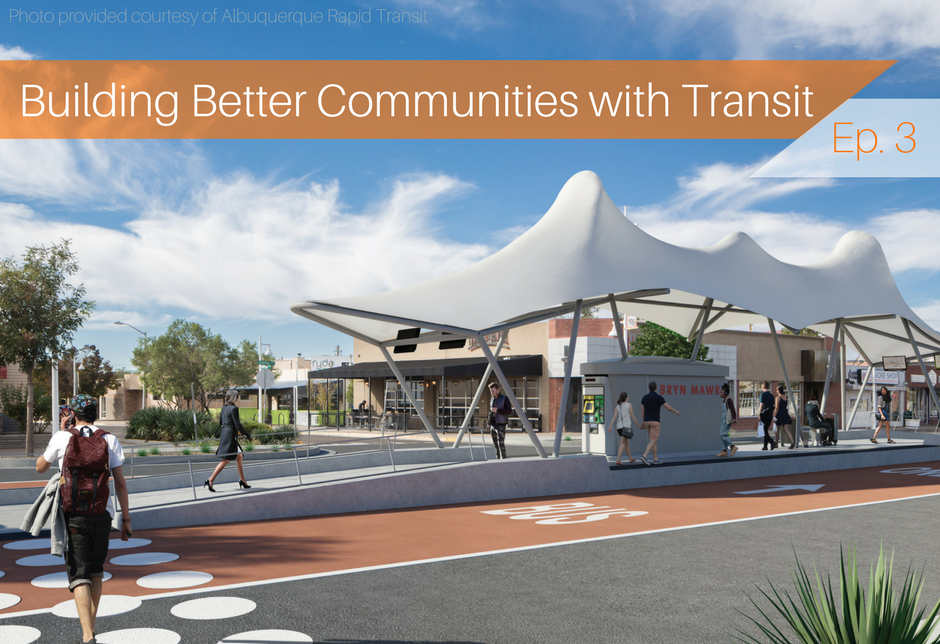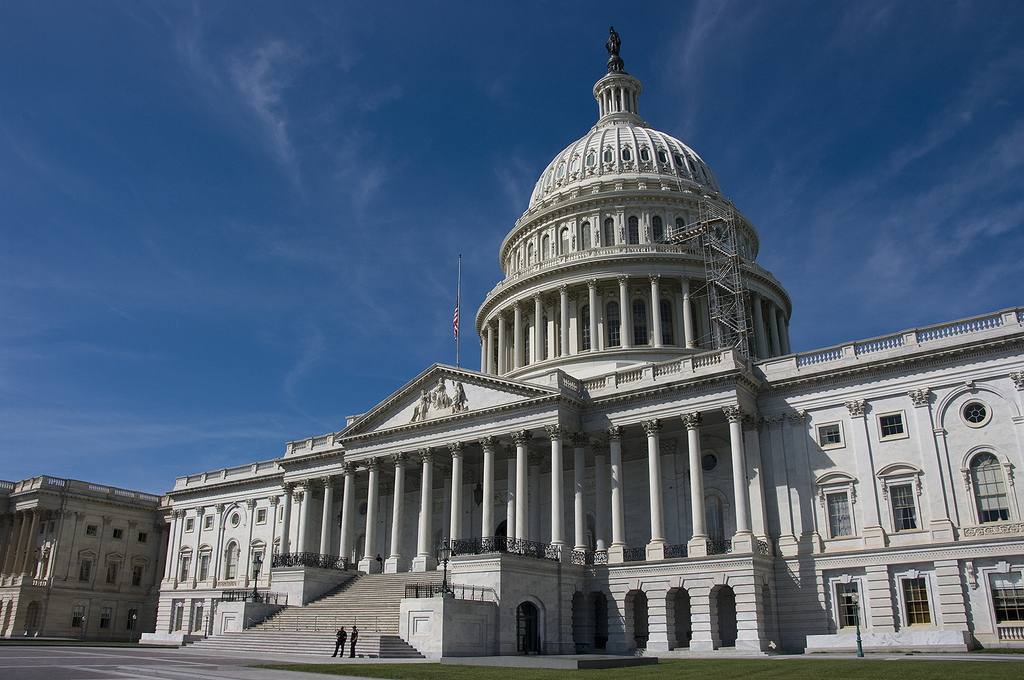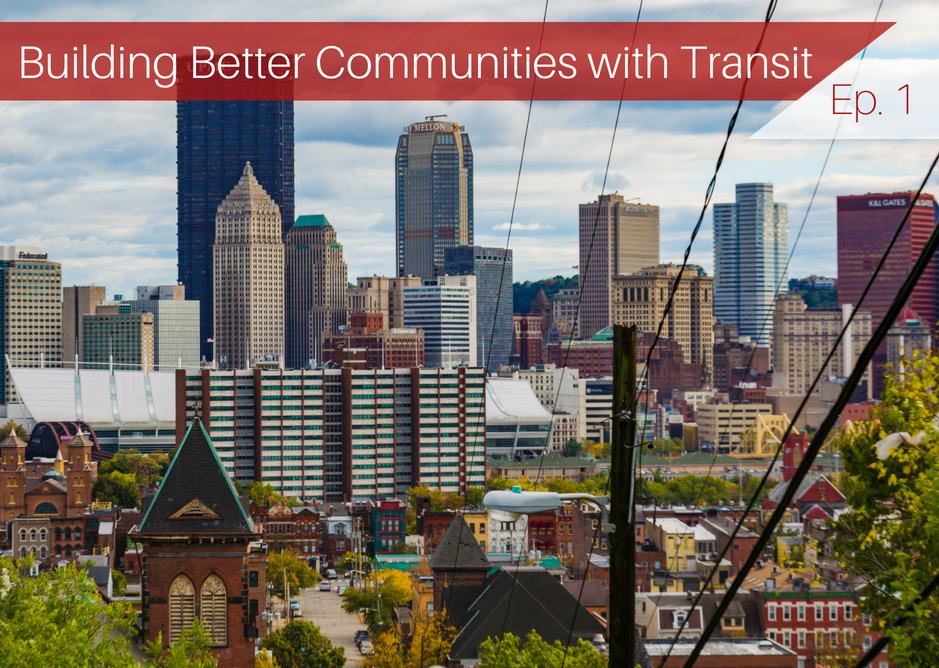Albuquerque investing in place

In this month’s episode of Building Better Communities with Transit, we connect with a planner who helped bring high-quality bus rapid transit to Albuquerque. ART, as the new line is called, is just one project but it forms a frequent and reliable backbone for Albuquerque’s entire transportation system.




